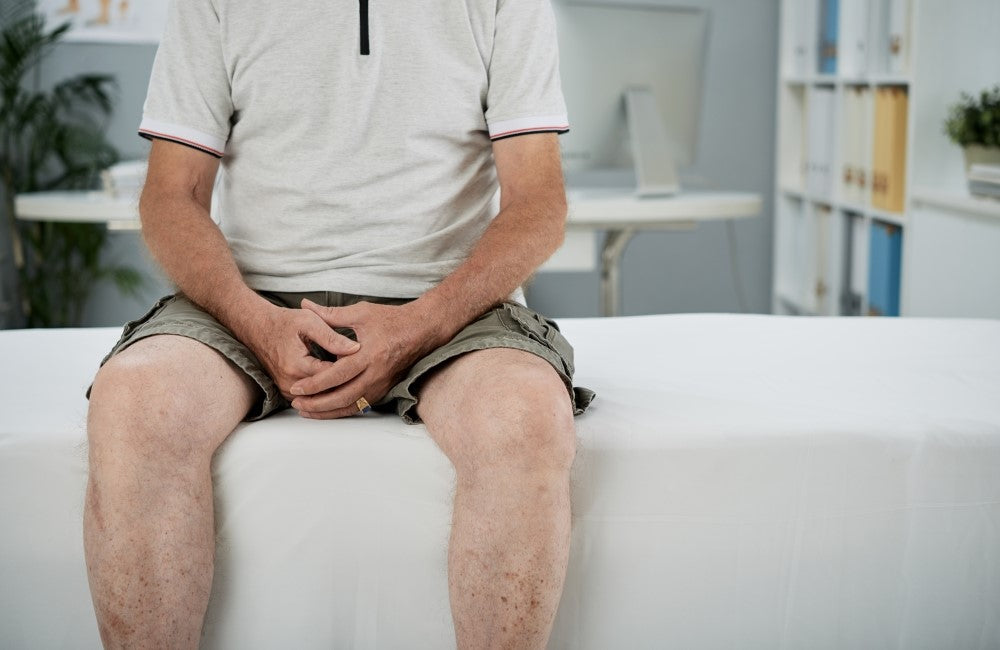The original article was provided by Coloplast.
Bladder problems must be properly managed, if left untreated they could result in serious health issues. There are many options available to help manage bladder problems:
- Pelvic floor exercises
- Bladder retraining
- Catheters
- Collecting devices
- Lifestyle changes
- Medication
- Surgery
Pelvic floor exercises
Pelvic floor exercises are designed to strengthen the pelvic floor muscles to help reduce urinary incontinence.
- Slowly contract and lift the pelvic floor muscles and hold the position for five seconds, then release
- Quickly contract and release the pelvic floor muscles
You will need to do the exercises regularly and it may take several months before you see a significant improvement.
Bladder retraining
Bladder retraining to help reduce urinary incontinence aims to gradually stretch the bladder so that it can hold larger volumes of urine.
Catheters
Clean intermittent catheterisation (CIC) is an effective bladder management technique based on the regular and complete emptying of the bladder by using a catheter. People who catheterise to empty their bladder typically need to do so 4-6 times a day.
Collecting systems (for men)
For men who leak urine (male incontinence), urisheaths are an effective and comfortable solution. The urisheath is worn over the penis and is connected to a urine bag fastened to the leg.
Lifestyle changes
For some people managing symptoms may include lifestyle changes, such as modifying the diet to reduce constipation and reducing the consumption of caffeinated beverages. Timing fluid intake at certain times can also be helpful so the need to urinate is more convenient and doesn’t coincide with excursions in public or sleeping at night.
Medication
Drugs are prescribed for all types of incontinence, but they are generally most useful for urge incontinence, particularly when combined with pelvic floor exercises and bladder training. Stress incontinence is usually managed without medication.
Surgery
A variety of surgical procedures are available for the treatment of bladder problems. Deciding which procedure, if any, you use depends on the type and cause of incontinence.
Find out more
A number of Coloplast products are available to help manage bladder problems HERE

